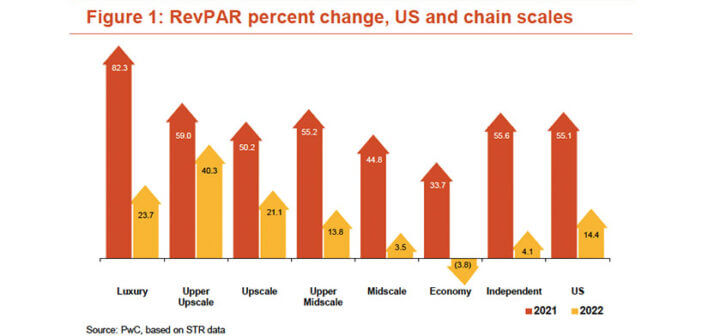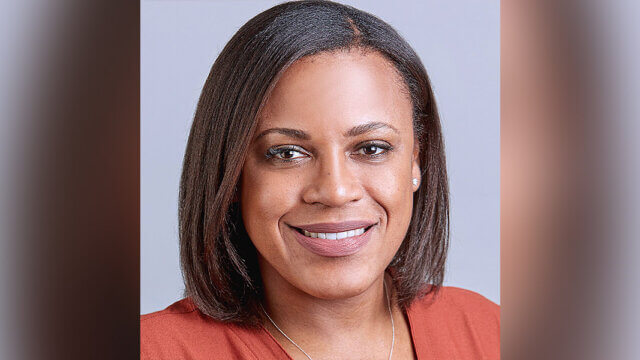The U.S. lodging industry continued to benefit from an outsized improvement in leisure demand through the summer months. As kids headed back to school, individual business travel and group demand that historically replaces summer leisure business post-Labor Day has yet to surface, with office reopenings pushed later into 2021 or early 2022 as a result of the Delta variant of the virus. That said, given the strength of demand during the summer, according to PwC’s Hospitality Directions U.S. November 2021 report, annual occupancy for U.S. hotels this year will remain consistent with the company’s May 2021 outlook, increasing to 57.1%. The bigger story is the significant lift in ADR during the back half of Q2 and Q3, which exceeded 2019 (pre-pandemic) levels in each month of Q3. PwC now expects ADR to increase 19.6% for the year, with resultant RevPAR up 55.1%, approximately 82% of pre-pandemic levels.
Trends and highlights
- With slowing growth in vaccinations (59% of the U.S. population was fully vaccinated as of Nov. 16) and waning consumer optimism as we head into the final month of this year, lodging’s recovery is expected to remain uneven.
- In 2022, as previously forecasted, PwC continues to expect the vast majority of temporarily closed hotels will have reopened and demand growth (particularly from individual business travelers and groups) will improve if infection rates continue to drop. Continued growth in both occupancy and ADR is expected, with a year-over-year rebound in RevPAR of 14.4%, approximately 93% of pre-pandemic levels. ADR in Q3 and Q4 2022 is expected to surpass comparable 2019 levels.
- Despite hotel owners continuing to staff up with increasing demand levels, October unemployment for the hotel sector increased to 12.9% (from 11.0% in September), compared to the U.S. overall rate decreasing to 4.6% (from 4.8% the prior month).
Challenges to this outlook include the effectiveness of a campaign to increase the number of people getting vaccinated; severity of virus mutations and corresponding vaccination efficacy; and Congress reaching a more permanent solution to the country’s debt ceiling in early December.



